The Insane History Behind the “Metroidvania” Genre
PocketEpiphany
Published
09/18/2021
in
wow
Do you like exploring nonlinear maps and unlocking cool items and abilities? Then you’re likely a fan of the “Metroidvania” genre.
But where does this genre come from, and what is it really about? Here is the insane history behind Metroidvania.
But where does this genre come from, and what is it really about? Here is the insane history behind Metroidvania.
- List View
- Player View
- Grid View
Advertisement
-
1.
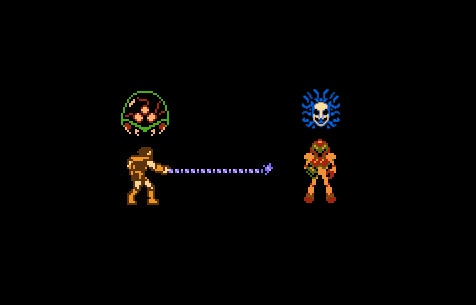 The Origin Of the Term
The Origin Of the Term
In its own way, the origin of the term “Metroidvania” is easy enough to understand. The word itself is a portmanteau of two popular games: Metroid and Castlevania.
Interestingly, though, it would take a while before each franchise laid the groundwork for what would eventually be called the Metroidvania genre. It didn’t start with the first Metroid or Castlevania game; in fact, it wasn’t until the 1990’s that each franchise delivered on the promise and potential of this emerging genre.
Though depending on who you talk to, the genre existed before the games it was named for. After reading this article, you can be the judge on the definitive origin of Metroidvania. -
2.
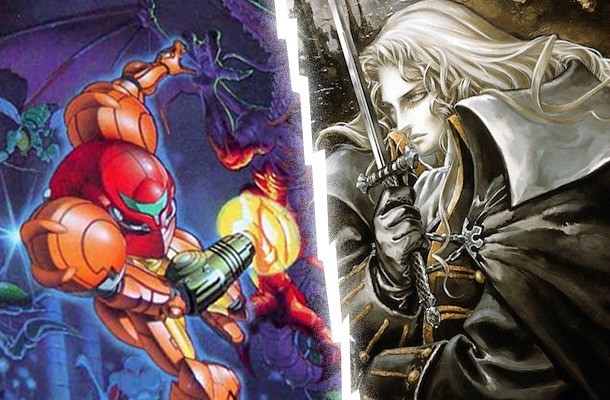 Why Combine Two Types of Game?
Why Combine Two Types of Game?
One simple question you may have is this: why combine the style and gameplay of two different games? After all, combining two different tastes together doesn’t mean you’ll get something good. Just ask anyone who has played Somari, a fan-made attempt to put Mario in the world of Sonic the Hedgehog.
The short answer is that each style of gameplay is greater together than it is apart. For example, the original Metroid is much more successful as an exploration game than an action game. Similarly, the original Castlevania is a great action-adventure game, but it’s about as linear as you can get.
By mashing the game styles together, devs can have it all: fun encounters with enemies and bosses as well as large maps that encourage exploration. And to keep you exploring, there are always upgrades that effectively open up new sections to explore. -
3.
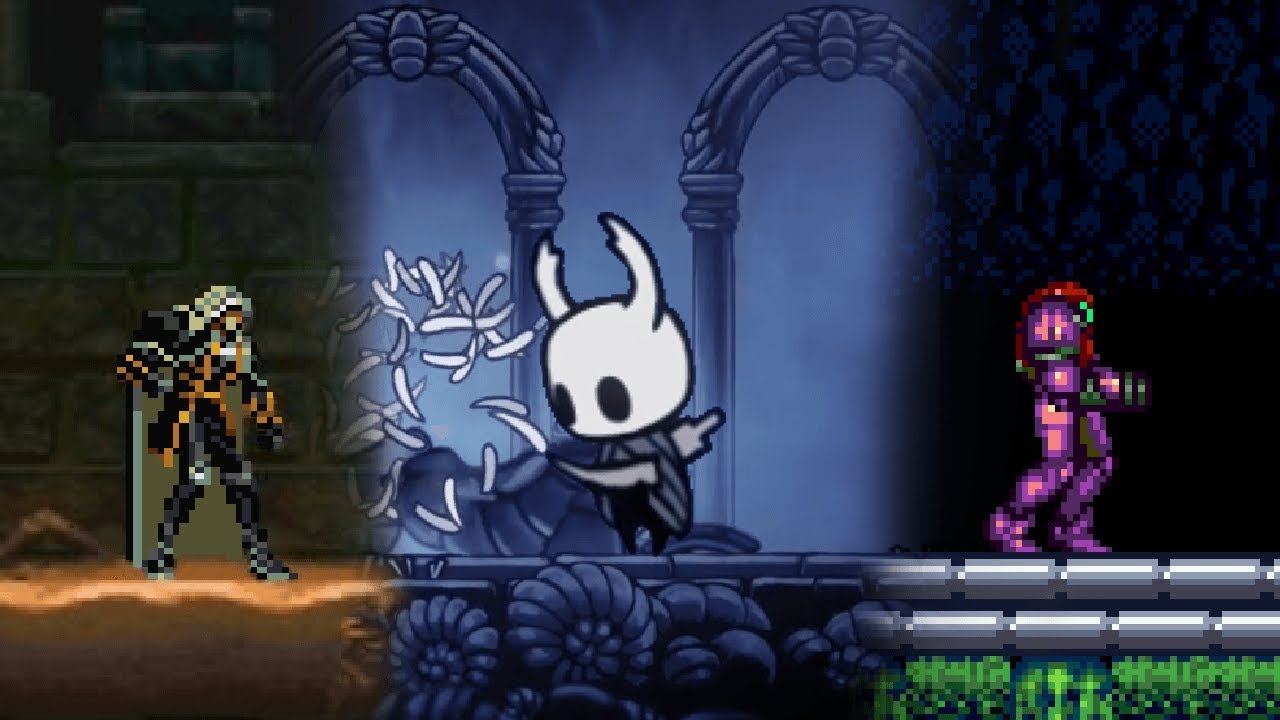 Key Metroidvania Features
Key Metroidvania Features
Even to hardcore fans of Metroidvanias, the definition of their favorite genre is a bit like how the Supreme Court tried to define pornography: “I know it when I see it!”
With that in mind, there are certain key elements that most Metroidvania games share. First off, most of these games are 2D. This owes to the foundational games being 2D and also later creators (especially indie creators) wanting to recreate that aesthetic.
Secondly, a Metroidvania features abilities that the player can unlock through gameplay. Rather than being standard upgrades, these new abilities usually open up new areas of the map for you to explore.
Third, and finally, these games are typically built around a nonlinear map. This encourages players to explore their surroundings in a more robust way and also leads to a sense of accomplishment when you get a new upgrade and can finally explore areas that were closed off to you. -
4.
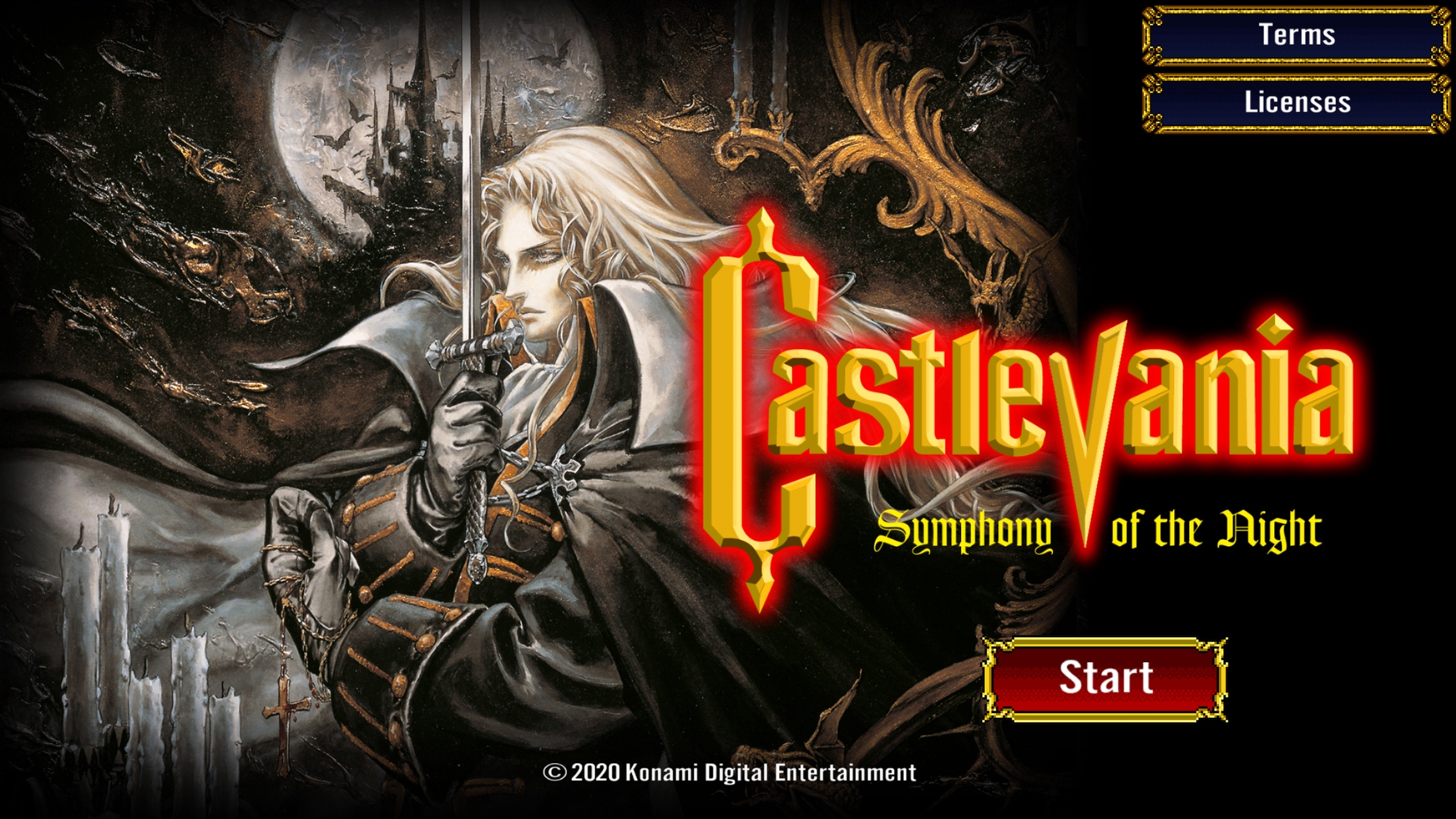 What Was the First Metroidvania Game?
What Was the First Metroidvania Game?
Want to know the quickest way to start a fight among Metroidvania fans? Simple: ask them to discuss which game was the first Metroidvania.
Some instinctively want to credit the original Castlevania or Metroid, two games that originally came out less than two months apart. But as we detailed above, Castlevania was originally much more of an action game before the sequel brought in RPG elements. The original Metroid might qualify as a Metroidvania, though many franchise fans consider Super Metroid (with its improved quality of life additions and additional RPG elements) to be more in line with the genre.
Some fans think the world experienced Metroidvania before either Metroid or Castlevania. For example, Source Gaming claims that the obscure title Brain Breaker, which came out a year before either Metroid or Castlevania, is our first Metroidvania. It was released for the equally obscure Sharp X1 and told a tale similar to Metroid (in broad strokes) about a space traveler exploring a large, alien world.
For many, though, the Metroidvania genre didn’t really culminate until the release of Castlevania: Symphony of the Night in 1997. Developers brought in everything they had learned from previous Castlevania games (most especially Castlevania II) and added the perfect fusion of action, exploration, and upgradeable items. -
5.
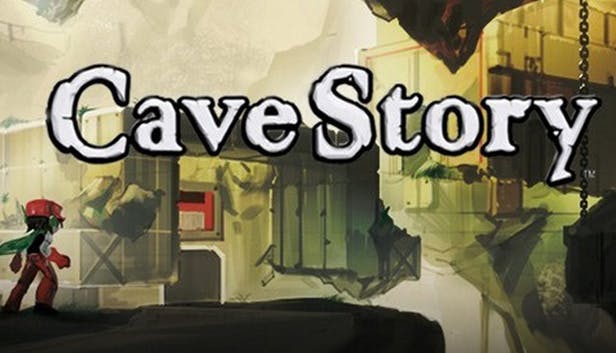 The Indie Explosion
The Indie Explosion
So depending on who you talk to, the Metroidvania genre started in either the 1980s or the 1990s. But this genre arguably wasn’t popular until 2004. This was the year that gave us the indie gem Cave Story.
Cave Story was a quirky game about a robot trying to escape (you guessed it) a cave. But its gameplay was pretty familiar: through platforming challenges and strange puzzles, the robot would slowly gather new abilities and unlock new areas to explore.
Indie developers quickly realized that creating their own Metroidvanias would be relatively cheap (2D is always cheaper than 3D) and would scratch a nostalgic itch for many players. Pretty soon, we got amazing Metroidvania titles such as Hollow Knight and Ori and the Blind Forest. And while 2D remained the preferred aesthetic for this genre, Metroidvanias also influenced some major 3D titles, influencing everything from Batman: Arkham Asylum to Dark Souls. -
6.
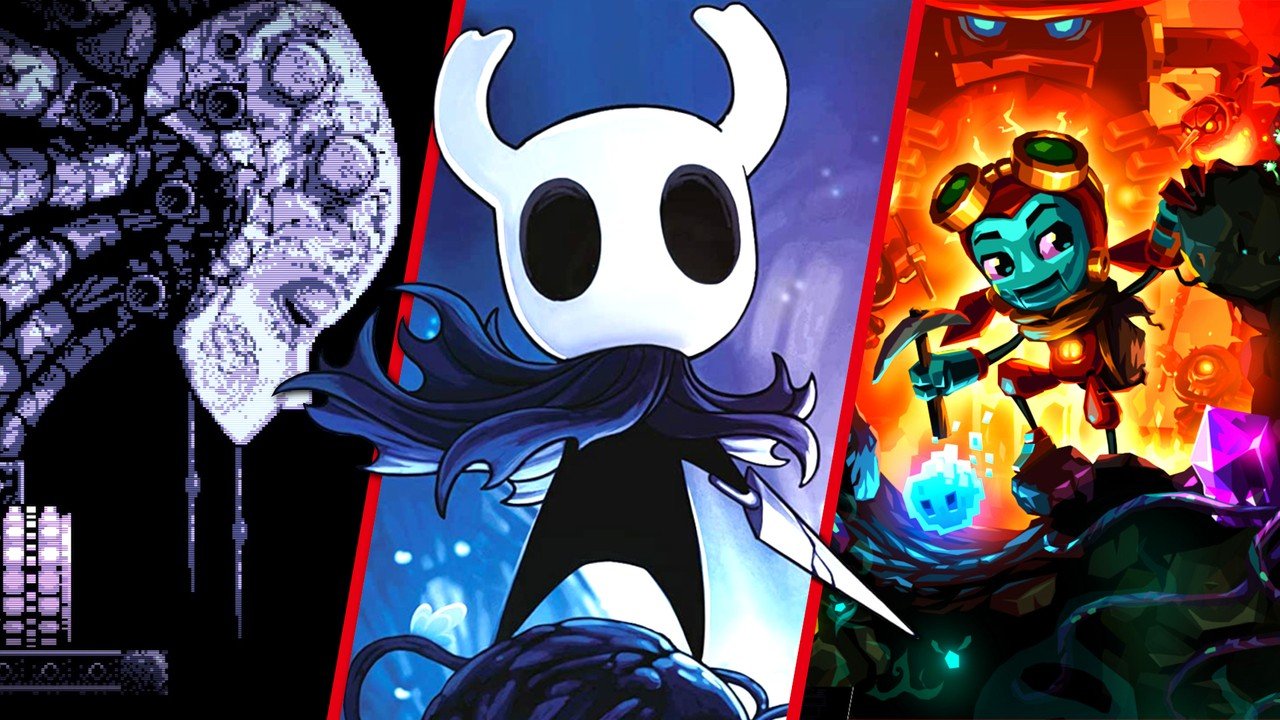 The Student Becomes the Master
The Student Becomes the Master
Perhaps the ultimate irony of the Metroidvania genre is this: it didn’t take long for the games inspired by this genre to outgrow the franchises that inspired them.
For example, both Metroid and Castlevania made the jump to 3D games with varying degrees of success. But while the Metroid Prime games were great, we haven’t gotten a proper Metroid game in a while (though this will soon change with both Metroid Prime 4 and Metroid Dread). Meanwhile, Castlevania had some more forgettable 3D entries, and we haven’t gotten a proper franchise entry in about seven years.
Meanwhile, the indie scene keeps pumping out one great Metroidvania game after another. And if the modern player is looking for great games in this vein to play, the simple truth is that Nintendo and Konami are the last places to look.
Although really determined players can slog through some Castlevania-inspired gambling games from Konami. Once you unlock the “crippling debt” ability, it opens up some previously unexplored areas of your marriage!
- REPLAY GALLERY
-
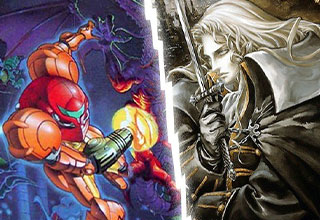
- The Insane History Behind the “Metroidvania” Genre
- NEXT GALLERY
-

- 21 Oddly Specific Rules That Exist For Some Reason
The Origin Of the Term
In its own way, the origin of the term “Metroidvania” is easy enough to understand. The word itself is a portmanteau of two popular games: Metroid and Castlevania.
Interestingly, though, it would take a while before each franchise laid the groundwork for what would eventually be called the Metroidvania genre. It didn’t start with the first Metroid or Castlevania game; in fact, it wasn’t until the 1990’s that each franchise delivered on the promise and potential of this emerging genre.
Though depending on who you talk to, the genre existed before the games it was named for. After reading this article, you can be the judge on the definitive origin of Metroidvania.
6/6
1/6


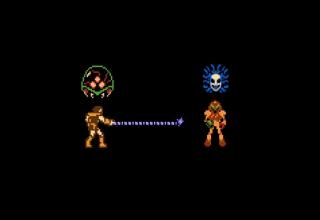




4 Comments